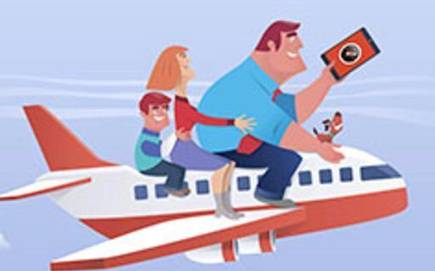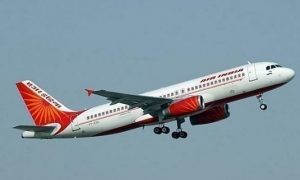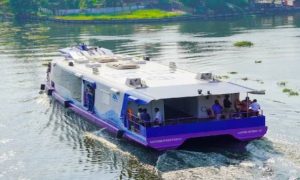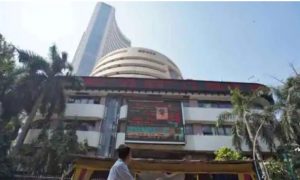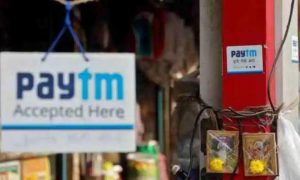Leave Travel Allowance: Employees opting for the old tax regime should be aware of the various exemptions and deductions that they can claim to reduce their tax. Leave Travel Allowance (LTA) is one such benefit. If it’s included in their salary or cost-to-company (CTC), employees can claim it.
According to ET, there are certain restrictions and conditions when claiming LTA. Understanding these details is important to fully benefit from it. Know the process of claiming LTA, required documents, and eligible travel criteria.
What is LTA?
Leave Travel Allowance (LTA) is a component of an employee’s salary designated to cover travel expenses during vacations. It encompasses costs for family members accompanying the employee on the trip. However, it doesn’t include expenses for accommodation or food.
LTA Eligibility and Rules
To claim LTA, the employer must offer it as part of the compensation package. Travel expenses must be supported by documentary evidence submitted to the employer within specified deadlines.
Neeraj Agarwala, Partner at Nangia Andersen India, was quoted as saying, “Any employee whose employer offers LTA benefit as a part of the compensation package may claim a deduction for LTA.”
Remember, even if you’re eligible for LTA, you must travel and provide original proof of your journey to your employer to make a claim. You cannot claim this exemption if you haven’t traveled during your leave.
Key conditions to remember while claiming LTA include:
When claiming LTA, it’s important to remember specific conditions. Here’s a checklist summarizing the rules and requirements for claiming LTA:
1. Taxpayers can claim LTA for themselves or their immediate family during their leave. Immediate family includes spouses and children (up to two if born after October 1, 1998). Additionally, parents, brothers, or sisters who are fully dependent on the individual can also be considered as family for LTA purposes.
2. LTA exemption applies solely to domestic travel within the country; overseas trips are not covered.
3. Individuals can claim LTA exemptions for a maximum of two journeys within a block of four calendar years. The current block period, according to Agarwala, is from January 1, 2022, to December 31, 2025.
If an employee hasn’t used LTA within a block of four years, they can utilize it in the first year of the next block, as explained by Kuldip Kumar, Partner at Mainstay Tax Advisors LLP.
4. LTA covers the shortest route from the place of origin to the destination, with specific rules for travel routes and ticket classes, says Alok Agrawal, Partner at Deloitte India.
5. Other expenses such as hotel stays, food, and accommodation cannot be claimed under LTA. Additionally, airport transfers, like travel from the airport to the hotel and vice versa, are not eligible for LTA claims.
6. Exemption for travel expenses within the city is not permitted under LTA.
Read More: SBI Card ‘MILES’: Three NEW travel credit cards – Check rewards, perks, fees
Claiming LTA: How much and how?
Agrawal says that an LTA claim cannot exceed the actual amount spent on travel and the LTA provided by the employer.
When planning your trip, remember that LTA can only be claimed for specific travel expenses.
Shalini Jain, Tax Partner at EY India, explains that according to Rule 2B of the Income-tax Rules, 1962, only travel expenses for the shortest route between the origin and destination are exempt from tax, with the following limits:
a) For air travel: Economy airfare of the national carrier for the shortest route or the actual amount spent, whichever is less.
b) For rail-connected journeys not by air: Air-conditioned first-class rail fare for the shortest route or the actual amount spent, whichever is less.
c) For journeys not connected by rail:
i) If a recognised public transport system exists: First-class or deluxe class fare by the shortest route.
ii) If no recognized public transport system exists: Air-conditioned first-class rail fare for the shortest route, as if the journey were by rail.
Jain notes that there isn’t a specific process outlined in the Act or Income-tax Rules, 1962 for claiming LTA exemption. However, Rule 26C requires employees to submit evidence of expenditure using Form 12BB to determine tax exemption and taxable income.
Documents required
For practical purposes, the following documents can be submitted to the employer to claim LTA exemption:
a) Original journey bills such as bus or railway tickets.
b) If traveling where train or air services aren’t available, original bills from a car rental company for car hire.
c) For air travel, provide air tickets and boarding passes.
d) Bank/credit card/debit card/wallet statements showing payments made.
These documents, along with a signed Form 12BB, serve as evidence of expenditure. It’s advisable to submit all LTA-related documents to the employer during the relevant financial year to avoid complications during income tax return filing.

